No. 41 | China and the World in the New Century
Originally published in Chinese on June 7, 2021 on the ACCEPT official website. Translated by ACCEPT. For the original Chinese version of this article, click here.
On June 6, 2021, the Tsinghua University Academic Center for Chinese Economic Practice and Thinking (ACCEPT) held the 41st Tsinghua University Forum of China and the World Economy on the theme of “China and the World in the New Century.” Forum participants included David Daokui Li, Director of ACCEPT; Ni Feng, Director of the Institute of American Studies at the Chinese Academy of Social Sciences (CASS); Li Xinchuang, Secretary of the Party Committee of the Metallurgical Industry Planning and Research Institute; Pan Qingzhong, Executive Dean of Schwarzman College at Tsinghua University; Wang Can, Professor of the School of Environment at Tsinghua University; Chen Xingdong, Chief Economist of BNP Paribas China; Feng Xuming, Deputy Director of the Research Office at the National Academy of Economic Strategy, CASS; Yuan Gangming, Researcher of ACCEPT, and Li Ke’aobo, Executive Deputy Director of ACCEPT. Guests discussed the current economic situation and hot topics such as population and carbon reduction, making corresponding policy recommendations.
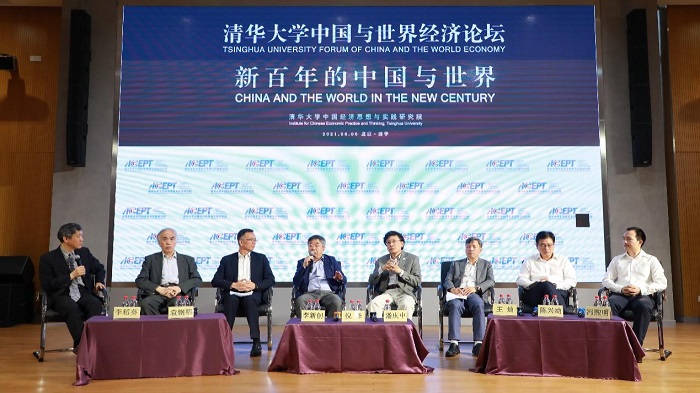
At the forum, ACCEPT released the China Macroeconomic Analysis and Forecast Report for 2021, entitled China and the World in the New Century: From a Population Power to a Human Resource Power. The report examines China's current economic situation and estimates that the country’s annual real GDP growth rate will be about 8.2% in 2021. Furthermore, the report proposes a theoretical framework for calculating total human resources, predicting that China's human resource dividend will continue to grow through 2050.
The report argues that China's economy is still in a post-pandemic recovery period in 2021, so reforms and anti-pandemic policies must continue to advance. If major risks are concentrated, the annual real GDP growth rate is likely to drop to around 7%, while if the overall international economic situation improves and consumption steadily resumes, the annual real GDP growth rate is expected to exceed 8.5%. In terms of investment, real estate investment is a standout at present, showing strong resilience and vitality, and is currently the main driving force behind investment growth. Looking ahead to the second half of the year, fixed-asset investment will maintain a stable recovery, but growth momentum may still weaken, and policy reinforcement cannot be delayed. ACCEPT expects an annual fixed-asset investment growth rate of 8.5-9.5%.
Consumption, dragged down by income growth, has growth momentum which must be further released. In the third to fourth quarter of this year, China's consumption is expected to show a U-shaped rebound. At the same time, the sharp rise in commodity prices has significantly pushed domestic PPI upward, with the domestic PPI year-on-year growth rate also showing a synchronously accelerating upward trend. However, commodity prices will fall back down at the end of the second quarter and drive the domestic PPI year-on-year growth rate back down to an expected rate of about 5% in 2021. The report expects that year-on-year CPI growth will expand in the second half of 2021, but the year-on-year CPI growth rate will be around 1.5% for the whole year, with no inflationary pressure in the consumer sector.
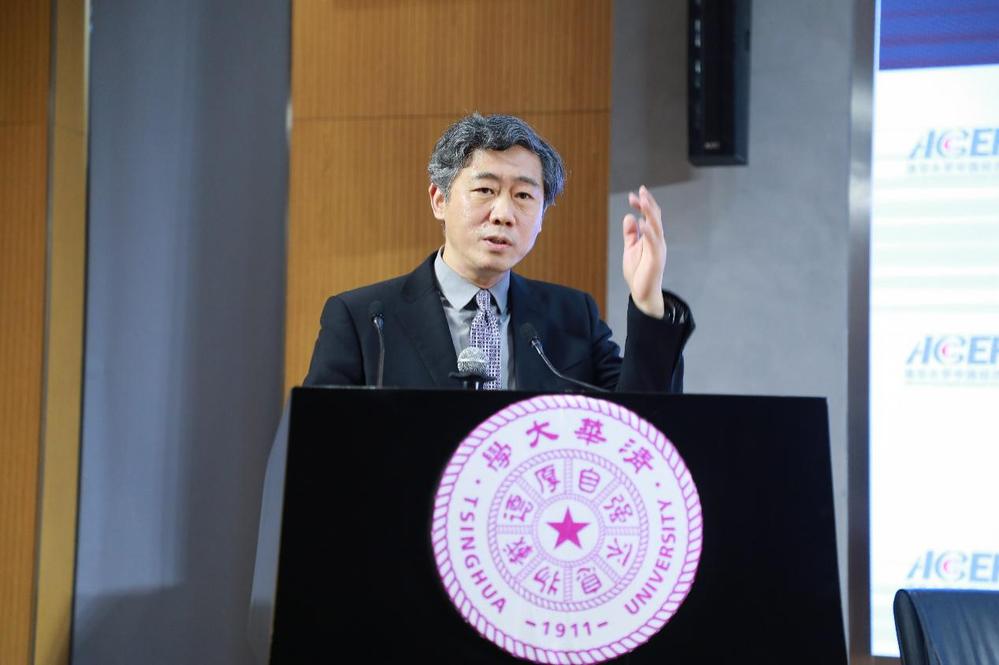
According to David Daokui Li, China has huge economic growth potential in the long run, but has not yet fully seized the benefits to be gained from the government and market working in the same direction. The debt problem of local government financing platforms is the most important component of the rising macro leverage ratio. At the root of the problem, local governments have long had insufficient revenue under the tax-sharing system, and the debt accumulated through various channels is different from fiscal revenue, thus serving as a negative incentive for local officials. The country should spend two to three years centralizing and cleaning up the stock of debts of local government financing platforms, transferring most of them to national bonds for unified management. Furthermore, local governments should strengthen management and disclosure once issuing new debts again.
On the current hot topic of population, Professor Li believes that a distinction should first be made between the concepts of total population and total human resources. Human resource level is a comprehensive indicator of the skill level of the population with the ability to participate in socio-economic activities, taking into account factors of health and education. The indicator of total human resources within a country is obtained by multiplying the number of people in different age groups according to the population structure, the expected length of healthy life span per capita in different age groups, and the skill or education level of the labor force. Based on this calculation, China's human resource indicators are expected to remain relatively stable until 2050, so there is no need for anxiety about the current situation. According to David Li, the state policy of family planning has completed its historic mission, and the country should regard highly the post-50s, post-60s, and post-70s generations who made great sacrifices, and give the utmost compassion to families who have lost their only children. At the same time, under the premise of further liberalizing birth restrictions, the reproductive autonomy of each family should be fully respected, placing people at the center of policy.
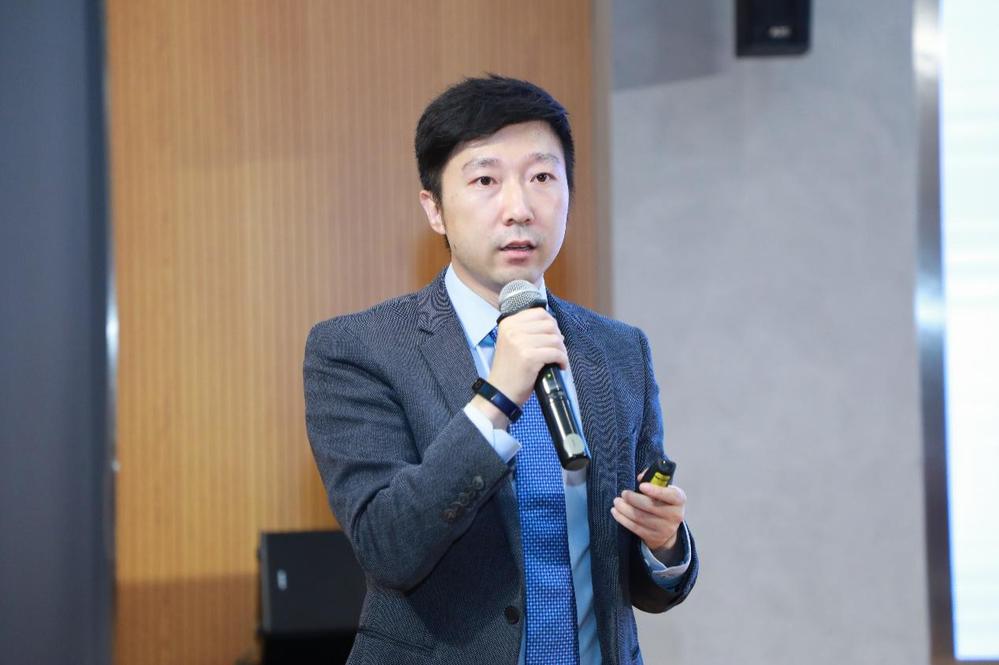
Li Ke’aobo pointed out that, using 2000 as the base year, China's total human resources have dropped by 6% due to the impact of aging. However, considering the increase in health, which has added to life expectancy and education length, total human resources in China increased by 14% in 2019 compared to 2000. Thus, Li Ke’aobo believes that the most important way to enhance human resources is to promote education and health. Improving the efficiency of human resource utilization requires first respecting people's willingness to work by breaking age and gender discrimination, and second, guiding the government and the market to work in the same direction in order to promote an economic development model that is compatible with the structure of human resources. In particular, it is necessary to discontinue the household registration system, implement the residence permit system, conform to economic geographic rearrangement, and promote the rational allocation of human resources across the country. On the basis of fully respecting people's willingness to participate in economic activities and protecting their labor motivation, if the retirement age can be flexibly adjusted, and the corresponding benefits increased and extended accordingly while eliminating age discrimination, this will significantly improve the utilization rate of China's human resources, effectively hedge against the adverse effects of the declining size and proportion of the labor force, and alleviate the aging problem.
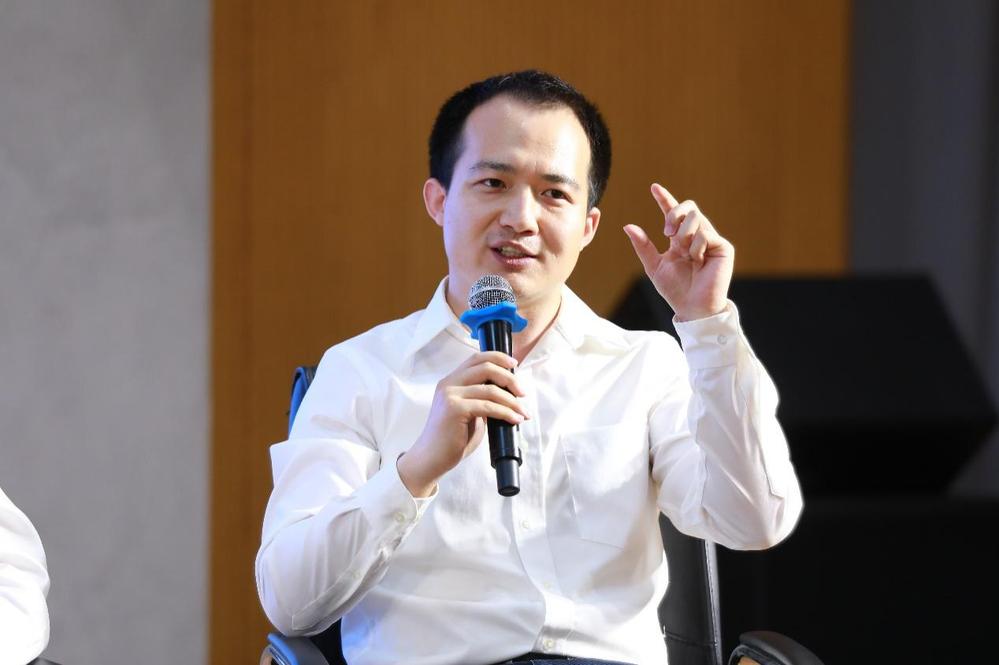

According to Feng Xuming, the data from the seventh census shows that China's population structure is undergoing two profound changes: first, in age structure, and second, in geographical distribution. During the 14th Five-Year Plan period, China will become a deeply aging society, those of the post-60s birth peak will gradually enter retirement age, and the population will further concentrate in urban clusters and metropolitan areas. The population’s intergenerational transition and geographic rearrangement will become two fundamental drivers of China's future economic development. Thus, relevant policymaking and corporate decisions are of the utmost importance.
He also pointed out that insufficient domestic demand is still the main factor restricting the current economic development of China. The key reason for the lack of domestic demand is the significant gap between per capita GDP and per capita disposable income—the conversion rate of GDP into disposable income is only about 45%. He believes that if aggregate demand does not recover effectively in the long run, it may drag down the potential growth rate through the business cycle. In order to remedy this situation, we should accelerate structural reform on the supply side while paying more attention to management of the demand side so as to boost the domestic cycle in both directions and prevent weak demand from dragging down the potential growth rate.
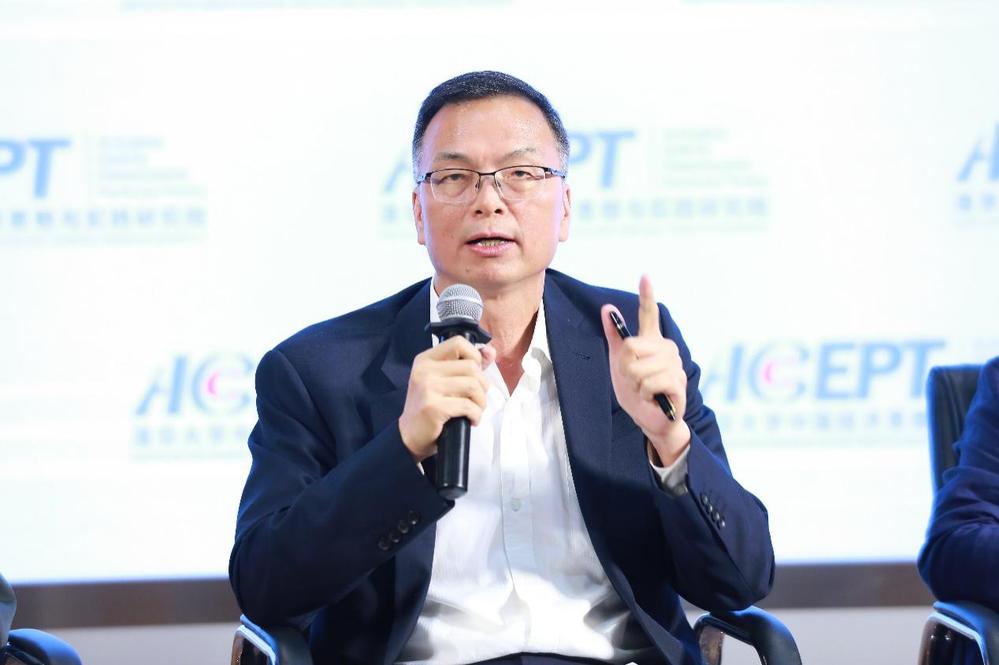
According to Li Xinchuang, China's carbon emissions accounted for 29% of global emissions last year. Meanwhile, China’s steel production totaled 1.065 billion tons, accounting for 57% of the world total, while carbon emissions from steel production accounted for 60% of global carbon emissions from steel production. Therefore, the issue of carbon emissions not only concerns environmental protection, but also determines the future development direction of China. Li Xinchuang believes that carbon emission reduction in the steel industry should focus on six aspects: first, optimizing the layout; second, saving energy by improving energy efficiency; third, optimizing energy usage, such as through the development of new energy sources; fourth, recycling scrap steel; fifth, using low-carbon technology; and sixth, shifting philosophy to emphasize carbon production efficiency as the core. In Li Xinchuang's view, it is unrealistic for all industries to achieve peak emissions by 2050, but the period of carbon emission reduction after the carbon peak in the steel industry can provide a buffer for other industries. Finally, for the problem of rising iron ore prices, he gave three solutions: first, increase the use of iron ore from other countries, rather than just relying on the four giants in Brazil and Australia; second, increase domestic iron ore development; and third, increase the recycling of domestic scrap steel.
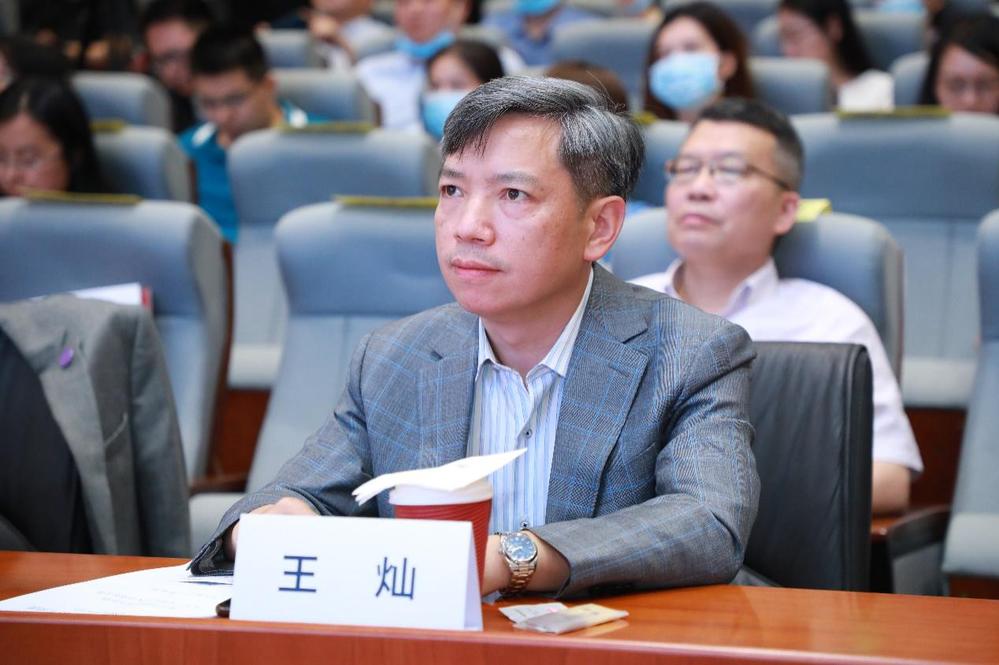
Wang Can said that China's annual carbon emissions are about 10 billion tons. To achieve carbon neutrality by 2060, the country must cut 8 billion tons of emissions from both power and industry. Current emissions from electricity are about 4 billion tons per year, mainly from fossil energy combustion such as coal and natural gas. In the future, these energy sources will need to be replaced with wind, solar, geothermal, and other renewable energy sources. In line with energy replacement, China must also develop hydrogen energy and other supporting energy storage methods, as well as power grids with intelligent regulation and control capabilities to meet fluctuating electricity demand. Cutting the remaining 4 billion tons from the industrial sector will be more challenging, but can be carried out in two main ways. First, by improving efficiency through optimization of the industrial structure, production processes, and operational management in addition to the development of a cross-industry circular economy to reduce energy consumption per unit of output required to reduce emissions. Second, through energy substitution, that is, the use of clean electricity from renewable energy sources or hydrogen, ammonium, and other new fuel energy to replace traditional fossil fuels such as coal and natural gas. For this reason, the power industry must achieve clean energy substitution before the industrial sector, and the clean energy generation ratio should reach 85% by 2050 in order to meet national carbon targets.
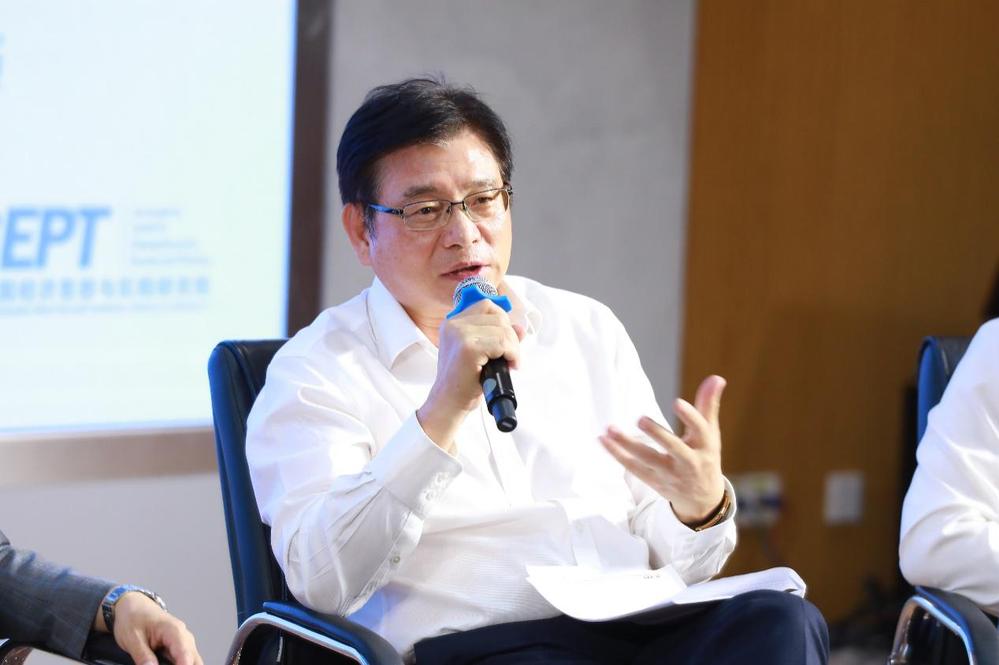
Chen Xingdong said that from the perspective of international investors, China took strict control of the pandemic last year, achieving a striking economic growth rate among the world’s major economies. As such, the investors have shown their support and recognition in practical ways. However, China’s economic development momentum in 2021 is showing weakness, i.e. the economy's quarterly and month-on-month growth rates are not as fast as expected, with only 0.6% quarter-on-quarter growth in the first quarter. Furthermore, beneath economic growth lies the phenomenon of survivors’ bias present in many statistics, which do not reflect the problems of small and medium-sized enterprises. Taking social retailing as an example, while enterprises above designated size (industrial enterprises with an annual main business revenue of 20 million yuan or more), which account for 35% of the total, have basically achieved a return to normal growth, those below the designated size, which account for 65% of the total, are still far from recovering. According to a survey conducted by the British Chamber of Commerce this year, 80% of international investors indicated that they would not withdraw their investments in China, of which 60% said they would increase their investments appropriately, but the specific scale and timing of these increases remain to be seen.
Chen Xingdong believes that the political tug-of-war between China, the US, and Europe on economic and trade relations may pose risks to China in the future. The economic and trade relations between these three parties can be summarized by the trade cycle, the capital cycle, and the technology cycle, of which China is most concerned with the technology cycle. Over the past 40 years, China has received a large number of international trade orders, and for this reason, was also able to organize domestic orders and develop upstream and downstream industrial chains. Last year, China not only maintained its original order scale, but also undertook many foreign trade orders from Vietnam and India, raising China's share of international trade from 11% to 15% in a short period. However, we must pay attention to how future changes in the layout of global multinational companies will affect the sources of initial orders.
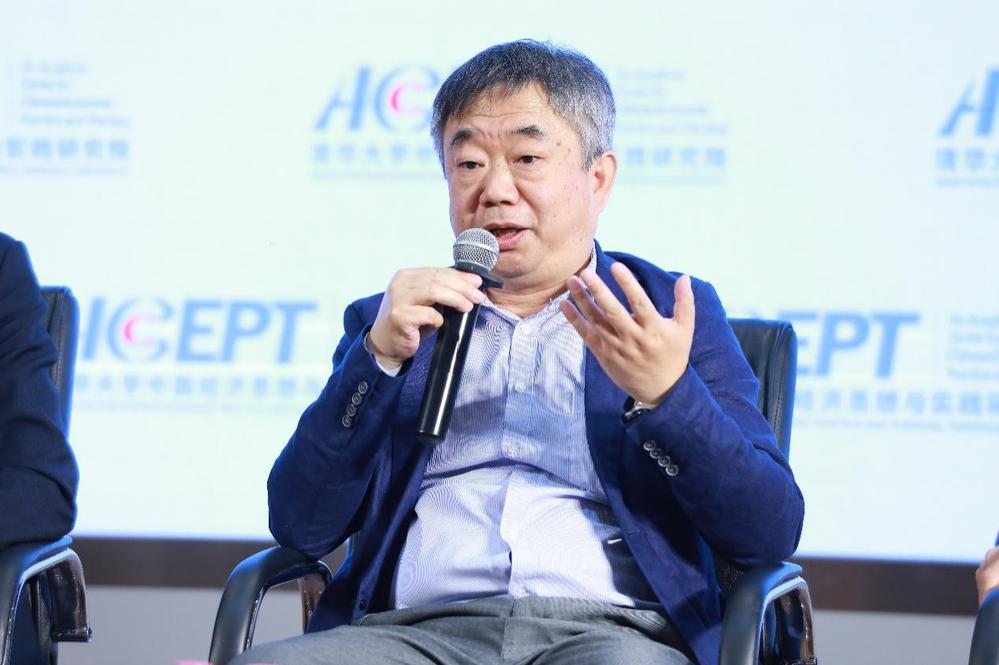
Ni Feng pointed out that the overlap of the century's great changes and the global pandemic has brought about two important changes. First, the competition between countries has shifted from fighting for incremental quantity to fighting for stock. Second, economic reverse globalization has intensified in every way. The mobility of the world economy has declined sharply, borders have become more defined, geopolitics have backtracked, and the resilience of supply chains and industrial chains, rather than efficiency, has received unprecedented attention. Ni Feng believes that a new round of globalization is unlikely without proper resolution of the problems created by the last round of economic globalization.
Regarding the Biden administration's policy toward China, Ni Feng's basic judgment is that there is more continuity than change compared to the Trump administration. The Biden administration has upgraded China's position from top strategic competitor to most serious strategic competitor, so there is not much hope for a phase-two trade agreement between China and the United States. At the same time, there has been some change in the continuity of US policy toward China, namely in the focus on science and technology. Recognizing that it cannot avoid being surpassed by China as a whole, under the Biden administration, the US has focused its primary attention on maintaining its scientific and technological strength. Ni Feng argues that China should spend more energy on solving domestic problems without sparring so much with the US in the ideological realm.
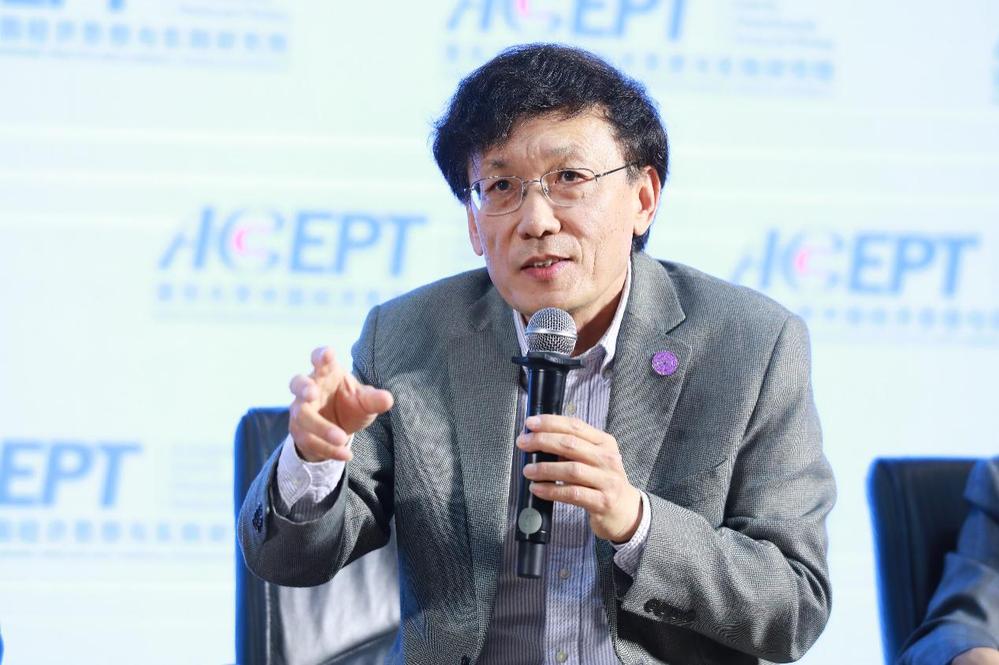

Pan Qingzhong shared the outcomes of the Belt and Road strategy over the past eight years, using data and case studies to illustrate his claims. He argued that in general, countries along the BRI route are becoming more connected with China, and that in 2020, despite the impact of the pandemic, China's non-financial investments and trade with Belt and Road countries increased significantly. Based on his fieldwork in Africa and Central Europe, Pan Qingzhong believes that the industrial parks established in these regions are indicative of governments and enterprises working in the same direction. He also pointed out that development cooperation with Belt and Road countries has great prospects, and that it is necessary to respect local customs, understand local cultures, adhere to the principles of sustainability, greenness, openness, and inclusiveness, and develop in a future-oriented way.
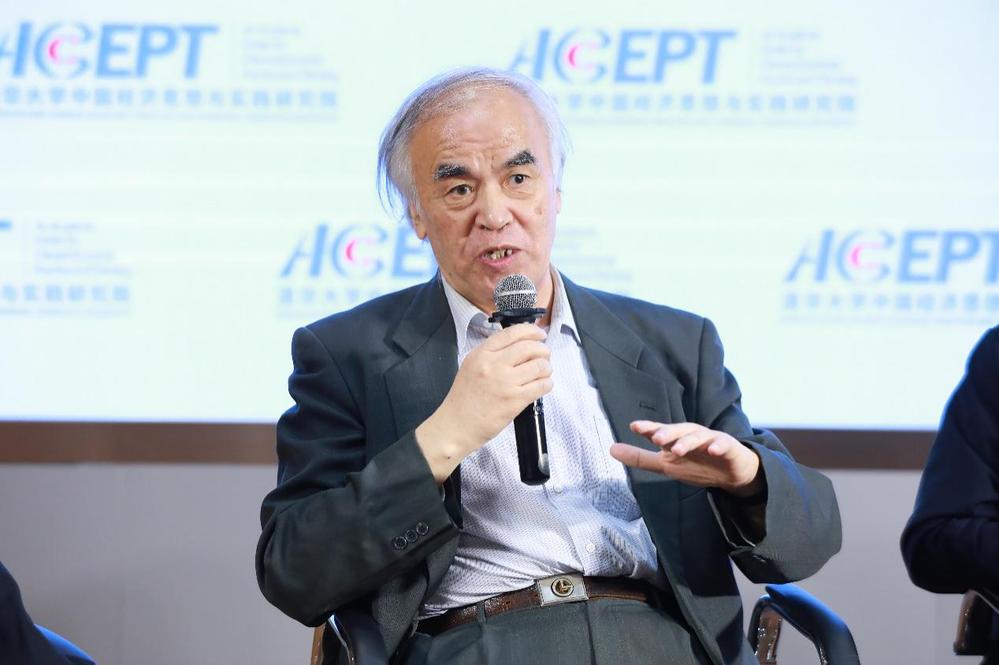
Yuan Gangming believes that the long-term development trend of globalization will not be reversed and that counter-globalization is only an episode occurring during Trump's tenure, which is impossible to continue in theory and practice. Since the Biden administration took office, the US’s convictions and actions have changed significantly, generally adhering more closely to the rules. In addition, the slowdown in China's economic growth may be related to the inadequate macro policy response to weakening aggregate demand. Although China is facing the pressure of rising leverage, monetary policy is still tight, which hurts economic development. If not for the rise in international commodity prices, China would be in a deflationary state. Macro policy adjustments should focus on maintaining stable economic growth rather than just reducing leverage.




